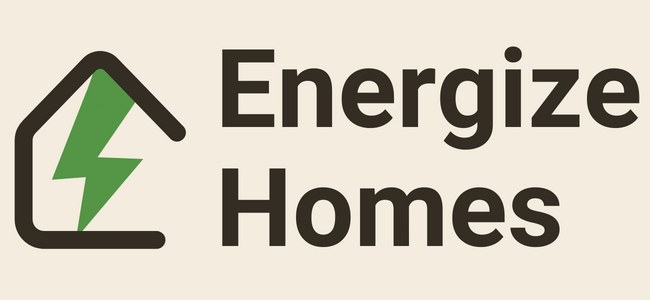Understanding the Coefficient of Performance (COP) in Heat Pumps: An In-Depth Guide
The Coefficient of Performance (COP) is a critical term in the world of home heating and cooling systems, particularly when it comes to heat pumps.
COP is a measure that tells us about the efficiency of a heat pump in converting electrical energy into thermal energy.
Understanding the importance of COP can not only guide you towards an efficient system but also translate into significant cost and energy savings.
What is the Coefficient of Performance (COP)?
The Coefficient of Performance is a dimensionless number that measures the efficiency of a heat pump by comparing the useful heat transfer to the work input. Mathematically, it is expressed as:
COP=Useful Heat Transfer (Q) / Work Input (W)
Role of Thermodynamics
COP is deeply rooted in thermodynamics, particularly in the Second Law, which tells us that not all the energy input to the heat pump can be converted into useful heat transfer due to inherent inefficiencies.
Why is COP Important for Heat Pumps?
Energy Efficiency
COP essentially serves as an index for energy efficiency. A higher COP means that the heat pump is more effective in converting the electric power into thermal energy. For homeowners, this directly correlates with energy savings.
Environmental Impact
High-COP systems also have a lower environmental impact. Since they are more efficient, they require less electrical energy, reducing greenhouse gas emissions if the electricity is sourced from fossil fuels.
Lifecycle Cost Analysis
Understanding the COP is vital for lifecycle cost analysis, which includes both the initial cost and the operating cost over the heat pump’s lifespan. Systems with higher COPs usually have a higher upfront cost but tend to pay off in the long term through lower energy bills.
Comparison of COP Values: What to Look For
| Heat Pump Type | Typical COP Range | Application |
|---|---|---|
| Air-to-Air | 2.0 – 3.5 | Residential Heating/Cooling |
| Water-to-Water | 3.0 – 5.0 | Industrial Process Heating |
| Ground Source | 3.5 – 4.5 | Residential and Commercial Heating/Cooling |
The COP Sweet Spot
While a higher COP is generally better, there’s a trade-off between efficiency and the price point. Systems with exceptionally high COPs may not always provide the best value for money. Therefore, look for a ‘sweet spot’ where the COP is high enough for significant energy savings but doesn’t make the system prohibitively expensive.
Seasonal Variations and COP
It’s important to note that the COP varies with the external temperature. Manufacturers often provide Seasonal Coefficient of Performance (SCOP) values, which give an annual average COP under varying temperature conditions.
Regulatory Guidelines
The Department of Energy (DOE) and ENERGY STAR program have set minimum COP standards for heat pumps to ensure energy efficiency. Manufacturers are required to meet or exceed these standards, and it’s essential to check for these certifications when purchasing a new heat pump.
